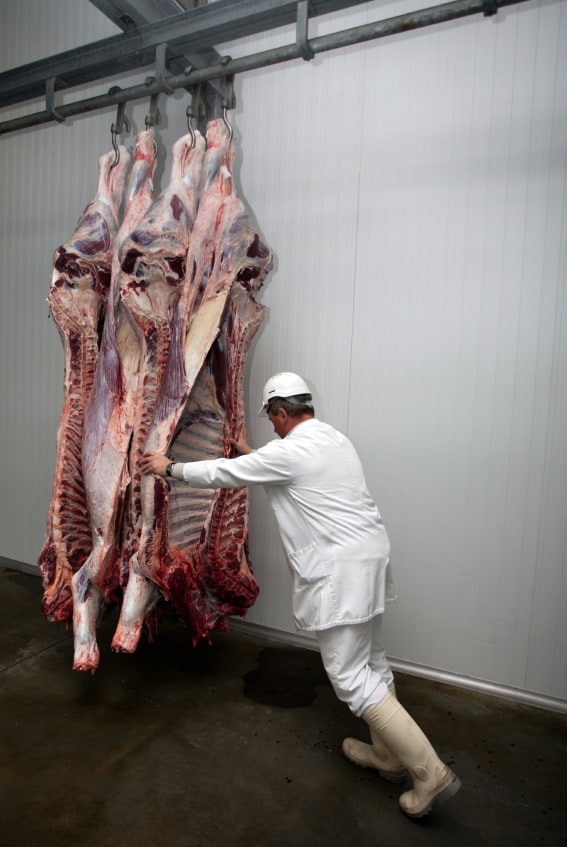A major Australian rural newspaper, The Weekly Times, has devoted its front page to an article on rollover protective devices on quad bikes. It has taken as the base new information released by the Australian Centre for Agricultural Health and Safety (ACAHS) through a media release.  The new policy paper and the supporting Practical Management Guide acknowledge new research from independent engineers that has finally questioned the established knowledge base on the safety of quad bikes.
The new policy paper and the supporting Practical Management Guide acknowledge new research from independent engineers that has finally questioned the established knowledge base on the safety of quad bikes.
ACAHS has come to a position where it states:
“Farmers and other owners of quad bikes should be encouraged to fit suitably tested protective devices to reduce death and serious injury from rollovers.” Continue reading “New quad bike research and practical safety guidance”




 The
The